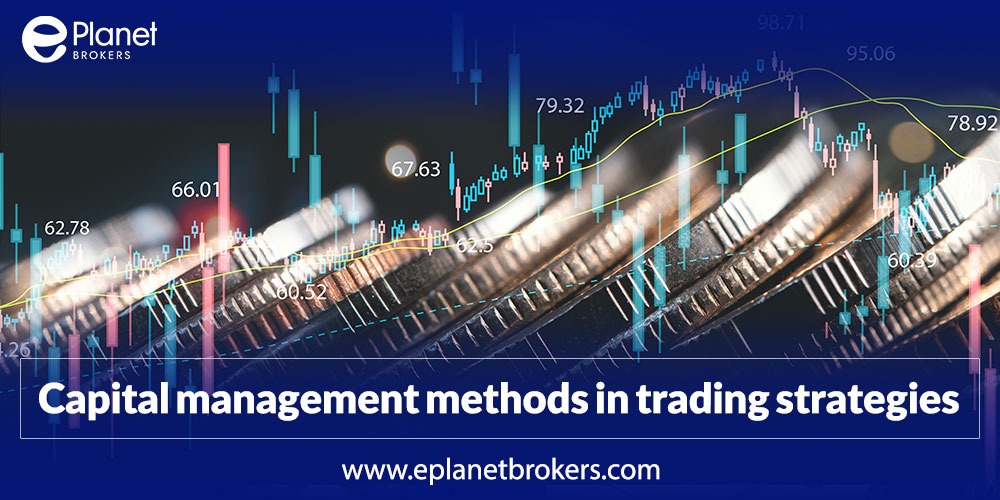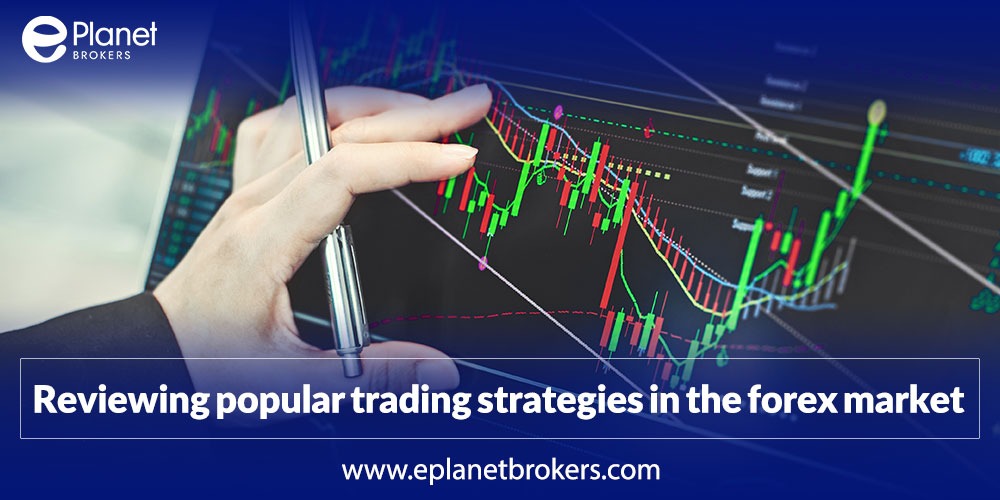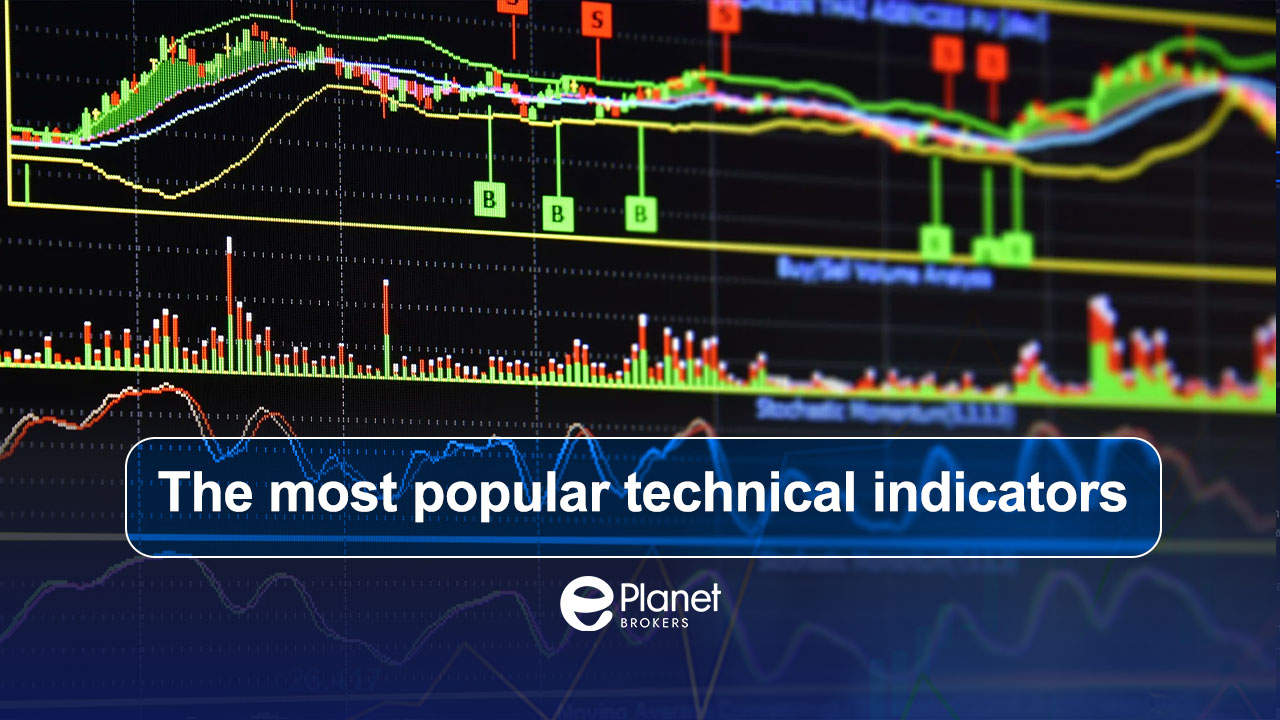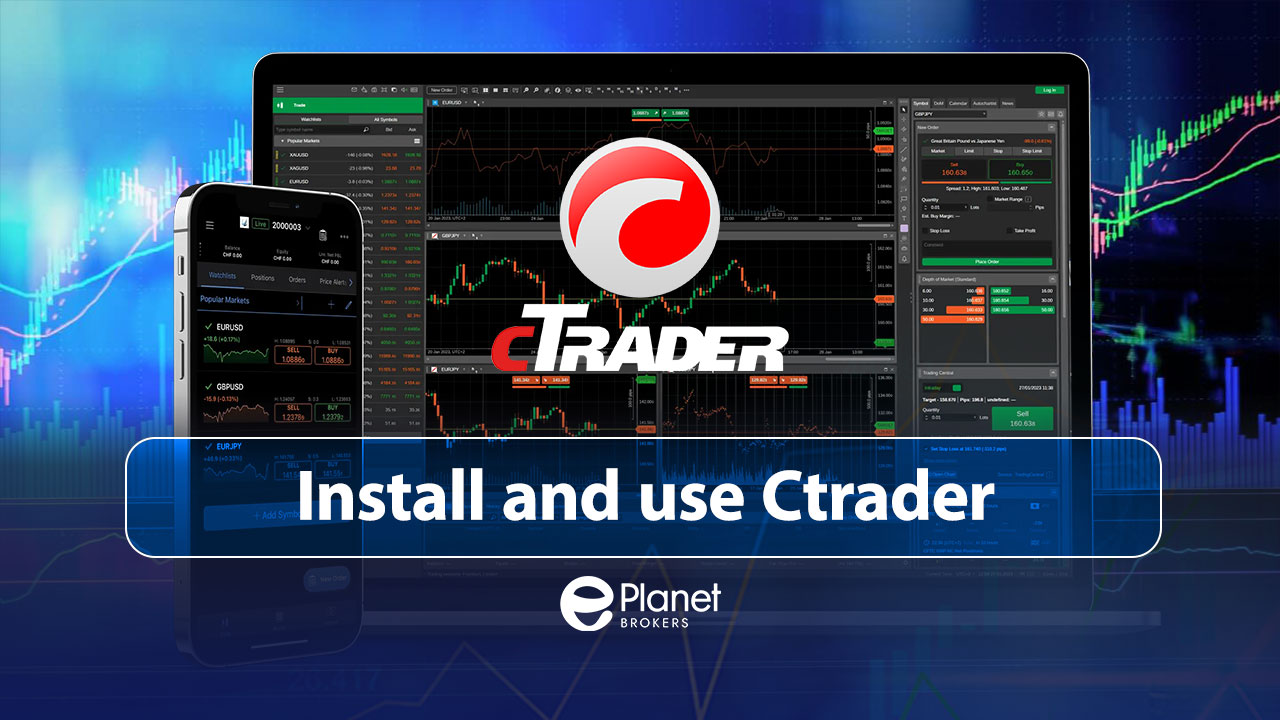What is a trading strategy?
A trading strategy is a comprehensive action plan that guides traders to take, manage and exit positions. The strategy includes precise and clear criteria for the trader, including entry and exit terms, profit and loss levels, risk management rules, trade volume and how to manage the position.
The importance of the appropriate strategy in forex
Even for the simplest daily tasks, the human mind designs a plan for execution. So, what could possibly make us think that we don’t need a strategy to perform one of the most challenging activities: trading the financial markets? Trading strategies can be like a flashlight when stepping into a dark desert. No trader can operate consistently and achieve continuous profits without a solid plan.
A reliable forex trading strategy is one of the main principles of trading in the forex market. Some of the importance of using a proper trading strategy are as follows:
- Limiting Emotional Decisions: Real investment is at risk in all transactions and the emotional taking position is significant similar to gambling. Therefore, when a trader engages with the market, emotions are bound to be involved. Having a clear strategy can help you manage behavior and prevent emotional decisions.
- Consistency in decisions: Trading involves repeating the execution process through a fixed strategy. This consistency helps you avoid random and arbitrary trades and take a structured approach to the market.
- Risk management: The most important part of a strategy is risk management including pre-defined rules for volume, stop loss order, leverage, and R:R determination. Being committed to these principles can guarantee your existence and survival in the market.
- Evaluation: Having a trading strategy allows you to objectively evaluate your performance. Analyzing historical data and tracking trading results can help you optimize your trading program.
- Trading frequency management: Not having specific and predefined criteria for taking positions may lead to the most destructive risk that threatens the capital is indeed over trading. Without a structured plan, you are likely to over trade and wind up with multiple losses and significant trading costs.
- Self Confidence: Having a clear and step-by-step roadmap which performance is backed by historical data can impower you. This confidence can help you overcome your fear of missing out and enable you to enter trades at the right time.
Components of a trading strategy
A trading strategy consists of several different elements. The essential parts of a comprehensive forex trading strategy are as follows:
- Taking the position: Your trading strategy should include clear criteria for trade identification and execution. These conditions could be based on a combination of technical, fundamental and market sentiment analysis.
- Closing the position: Taking a position should be accompanied by knowing when and under what conditions to close and take profit. This may be based on technical analysis or return expectations, such as achieving a certain amount of profit.
- Setting the Stop Loss: It is definitely necessary to use a stop loss to control the amount of potential loss. Trading strategy should be included clear criteria on where to place stop loss order.
- Trade size: Another main part of the risk management is the transaction volume. You should choose the appropriate size to take a position based on the capital at risk.
- Preferred time frame: Depending on time frames, there are different types of traders including scalpers, day traders, swingers and long-term traders. Your strategy should clearly define in what timeframe you should analyze and trade.
- Preferred indicators: You should choose indicators and oscillators used in the strategy and clearly define their application.

Money management methods in trading strategies
Capital management includes activities that allow traders to protect their capital against potential losses in trading. In terms of capital management, the amount risk is very important. More risk means more chance of making significant profits, as well as the possibility of significant losses. Therefore, the ability to manage risk levels to limit losses while maximizing profits is a key skill for any trader involved in capital management. There are different methods to control risk levels and capital management, the most important of which will be follow.
Determining risk tolerance
A trader should ask himself: How much loss can I handle on a trade? This is especially important for volatile assets, such as some neo-currencies and cryptocurrencies. In addition, the amount of liquidity in forex trading is a factor that affects risk management. Assets with less liquidity have less volatility accordingly more spreads, making it harder to take s trade.
If you are not aware of the level of loss tolerance, you may not enter the appropriate trade size and during the opening of the trade, the amount of potential loss will become so intolerable which could make you to take emotional and incorrect decisions.
Even if you don’t have any kind of strategy, you have a 50% chance in your trades. Therefore, you should save your capital to use the profits of transactions in which you win 50%. Accordingly, you should control your risk. A good rule of thumb is to only risk
1-3% of your account balance per trade. For example, if your account is worth $1,000, you are allowed to risk between $10 and $30 per trade.
Trade size
Choosing the appropriate amount of trade size or lots you take in a trade, is very important because it protects both your account and maximizes opportunities. To choose the trade size, you should first specify the place of stop-loss and accordingly determine it.
Stop-Loss
Using stop-loss order, which is placed in a determined price, is another key method of capital management in forex trading. Knowing the point at which to exit a position means you can avoid potentially significant losses. But where is this point? In general, stop-loss placement is the price level where your initial analysis is invalidated.
Leverage
Leverage in forex allows traders to trade more than their allowed trading account, meaning they have higher potential for profit as well as higher risk. Therefore, leverage used should be controlled, because it can play an important role in capital management.
Researches show traders with less capital in their accounts use leverage more than traders with larger balances. However, traders who have used less leverage have far better results than others. In this regard, statistics show that traders who used leverage up to 1:5 or less were 80% more profitable than other traders (who used leverage above 1:5). Accordingly, it is recommended that traders be very cautious about using leverage and pay attention to the risks involved.
Read more: Important points in account management in forex
Emotion control
It is important to be able to manage your emotions in the financial market. The impact of excitement, greed, fear and impatience on decisions exposes your capital to unacceptable risks. In order to overcome your emotions and trade truly, write a journal for your trades and optimize your strategy accordingly.
Using economic news in trading strategies
Economic news and the release of important data, in all pairs traded in the forex market, can cause significant price fluctuations. Important economic data announcing program is usually available in economic calendars such as Forex Factory, where the type of data, the time of publication, importance and how it affects the price are specified.
However, many technical analyzers believe that if the technical analysis is done correctly, the release of news and economic data will also be in line with the analysis.
Of course, they use economic news and relevant data to understand market sentiment.
But some other traders, called news traders, base their strategy on economic news and data releases. This type of traders, by analyzing the past economic data related to the desired pair, predicts the future value and when the news is released, they take the position and after obtaining a determined profit, exit the transaction.

Overview of popular trading strategies in the forex market
There are numerous trading strategies that retail traders and even institutional traders use. Each trading strategy has its own characteristics and applications. Some of the most common strategies are as follows:
- Trend strategies: To use these types of strategies, you must first determine the likely market trend. Then, based on the criteria you set in your strategy, look for an entry position. Note that these strategies are suitable for price trending phases and are not applicable in the side market.
- Average gravity: Reversion to the average strategies are based on the idea that asset prices tend to return to their average value over a certain period of time. Therefore, in these types of strategies, you can look for buy or sell signals in saturated areas, using indicators such as RSI. The use of moving averages to determine profit and loss limits is common in these strategies.
- Breakout Trading: The first step to identifying breakout levels is to identify key levels. Then you need to determine whether the price is likely to break through the level. In this case, you can set yourself up for failure and aim to take the next move. To determine the truth of the breakdown, some traders use the volume oscillator, so that if the amount of volume around of the breakdown increases compared to the average, the breakdown of the level is considered certain.
- Arbitrage: An asset may have different prices in different exchanges. For example, Bitcoin may be slightly more expensive on Coinbase compared to Binance. To make an arbitrage, you can buy bitcoin cheaper on Binance and sell it quickly on Coinbase. Your profit in this case will be the price difference in two brokers.
- Statistical arbitrage: Statistical arbitrage involves taking aligned positions in assets with negative correlation or taking opposite positions in assets with positive correlation. You can use this strategy when asset prices are different from their historical correlation.
- Event-based strategies: In this type of strategy, the trader makes decisions based on news and economic events and the effect expects to have on asset prices.
The strategies mentioned are only some of the most famous ones and obviously there are countless of trading strategies that the trader can choose one or more of them as their strategy and use in the forex market.




















